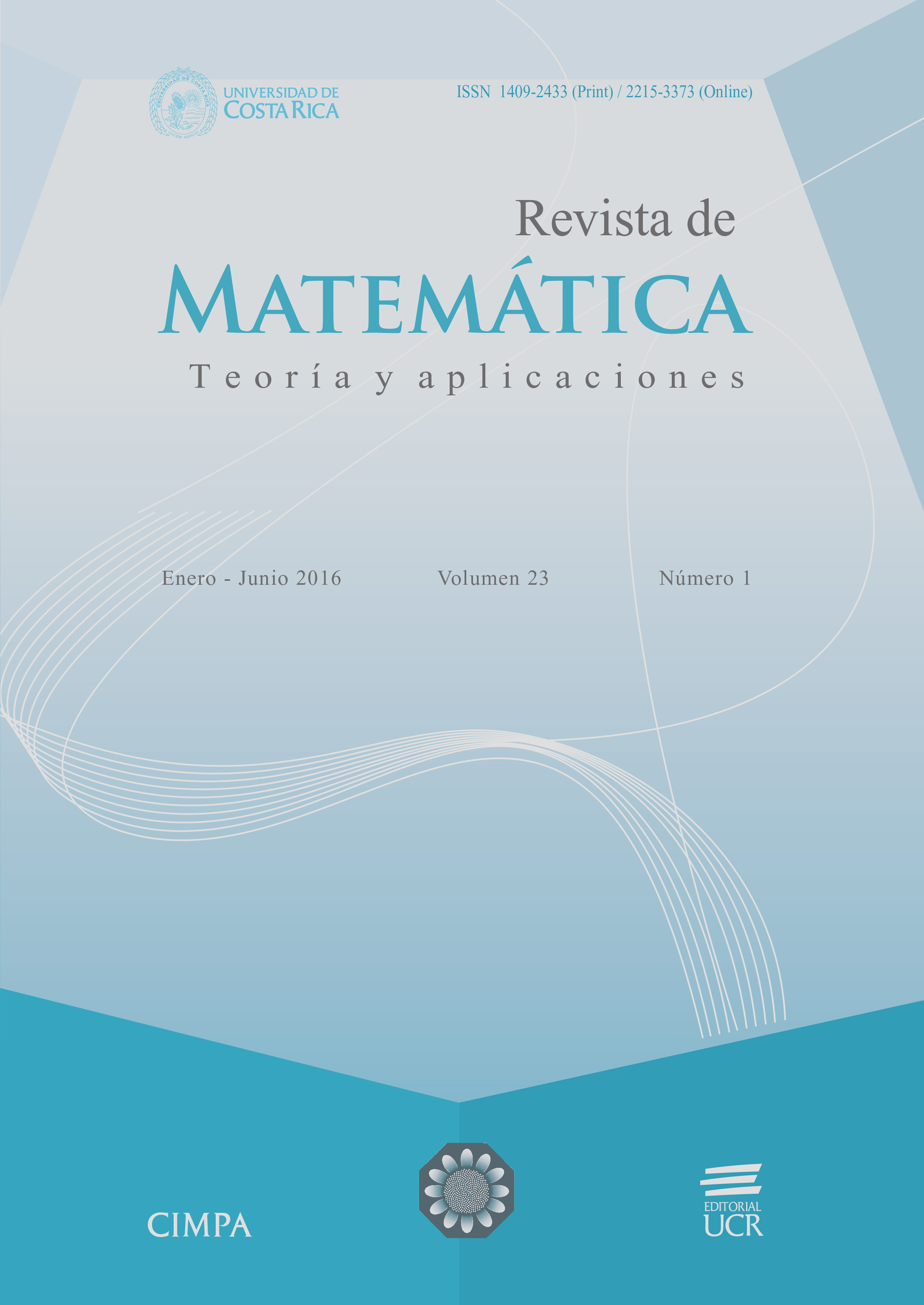Abstract
One of the main sources of inspiration to propose new computational paradigms has been the observation of nature. Diverse artificial intelligence techniques have been created in this way. One of the efforts that has caused great impact is imitating the way some living beings survive, and in particular, the study of the study of brain function is useful to propose analogous schemes and solve some problems. In this point, the bioinspired systems have been originated as a set of models based on the behavior of certain biological systems, which can be seen in areas such as data mining and operations research where data clustering stands out. From the need of solving clustering problems, we have proposed a bioinspired neighborhood search partitioning algorithm. This algorithm, under a bioinspired connotation, has been proposed after observing some of the characteristics in common between clustering and human behavior, where said characteristics can be modeled. Given the high complexity of data clustering, we have incorporated variable neighborhood search (VNS) into the bioinspired clustering algorithm. We chose this metaheuristic because of the similarity that exists between VNS and the way that living beings get organized to solve conflict situations.
References
Barricelli, N.A. (1954) “Esempi numerici di processi di evoluzione”, Methodos 21-22: 45–68.
Bernábe, M.B.; Espinosa, J.E.; Ramírez, J. (2009) “Evaluación de un algoritmo de recocido simulado con superficies de respuestas”, Revista de Matemática: Teoría y Aplicaciones 16(1): 159–177.
Bremermann, H. (1958) “The evolution of intelligence: The nervous system as a model of its environment”, Technical Report no. 1, Department of Mathematics, University of Washington, Seattle WA, 477(17).
Cruz, A.R. (2012) Una Propuesta Evolutiva para el Desarrollo de Comportamientos Robóticos. Master´s Thesis, Facultad de Física e Inteligencia Artificial, Universidad Veracruzana, Xalapa, México.
Dorigo, M. (1992) Optimization, Learning and Natural Algorithms. Doctoral thesis, Politecnico di Milano, Italy.
Fogel, L.J.; Owens, A.J.; Walsh, M.J. (1966) Artificial Intelligence through Simulated Evolution. John Wiley & Sons, New York.
Forbes, N. (2004) Imitation of Life. How Biology is Inspiring Computing. MIT Press, Cambridge MA.
Friedman, G.J. (1956) Selective Feedback Computers for Engineering Synthesis and Nervous System Analogy. Master’s Thesis, Engineering, University of California, Los Angeles CA.
Holland, J.H. (1992) Adaptation in Natural and Artificial Systems: An Introductory Analysis with Applications to Biology, Control and Artificial Intelligence. MIT Press, Cambridge MA.
Karaboga, D. (2005) “An idea based on honey bee swarm for numerical optimization”, TR06/REP, Computer Engineering Department, Engineering Faculty, Erciyes University.
Kennedy, J.; Eberhart, R. C. (1995) “Particle swarm optimization”, in Proceedings of IEEE International Conference on Neural Networks, vol. 4, IEEE Computer Society, Piscataway NJ: 1942–1948.
Mladenovic, N.; Hansen, P. (1997) “Variable neighborhood search”, Computers & Operations Research 24(11): 1097–1100.
Olmo, J.L. (2013) Minería de Datos mediante Programación Automática con Colonias de Hormigas. Tesis de Doctorado, Departamento de Informática y Análisis Numérico, Escuela Politécnica Superior, Universidad de Córdoba, España.
Piza, E.; Murilo, A.; Trejos, J. (1999) “Nuevas técnicas de particionamiento en clasificación automática”, Revista de Matemática: Teoría y Aplicaciones 16(1): 51–66.
Price, K.; Storn, R.; Lampinen J. (2005) Differential Evolution: A Practical Approach to Global Optimization. Natural Computing Series, Springer, Berlin.
Rechenberg, I. (1973) Evolutionsstrategie: Optimierung technischer Systeme nach Prinzipien der biologischen Evolution. Frommann-Holzboog Verlag, Stuttgart.
Stepney, S.; Smith, R.E.; Timmis, J.; Tyrrell, A. M.; Neal, M. J.; Hone, A. N. W. (2005) “Conceptual frameworks for artificial immune systems”, International Journal of Unconventional Computing 1(3): 315–338.
Vicente, E.; Rivera, L.; Mauricio, D. (2005) “Grasp en la resolución del problema de clustering”, Revista de Investigación en Sistemas e Informática, 2(2): 16–25.





